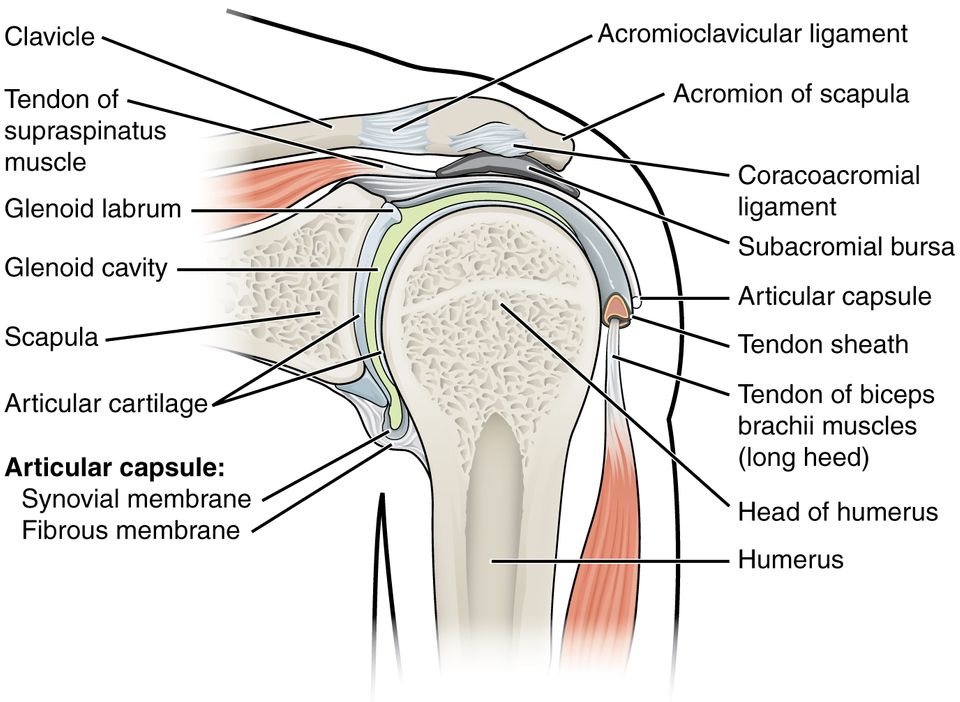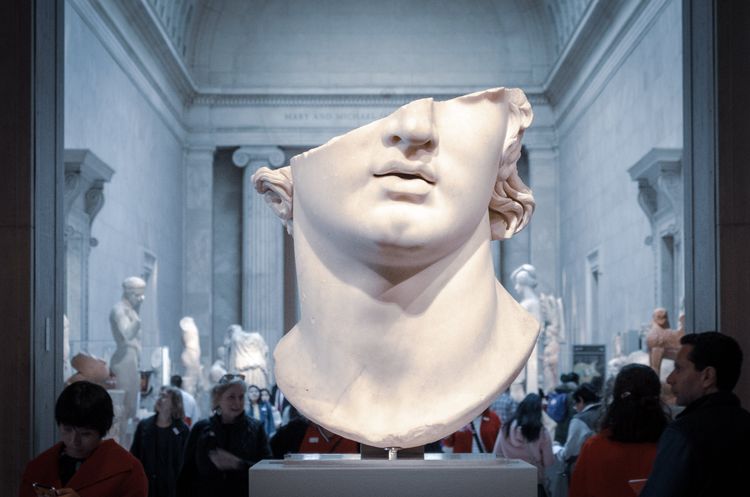Issue 33 Blue Crab Edition - Movement Issue

Like many issues at PT Crab, this could aptly be called the movement issue, and we have very diverse movements going on here. The first piece is on functional movement to assess progress in athletic concussion recovery and the second covers gaze stability exercises for people with motion sensitivity. Did you know that motion sensitivity has a prevalence of almost 30%? Crazy. I didn’t know that before this week. Many more nuggets inside.
Remember to share and help us grow. You can support PT Crab in many ways, but that’s the best one, just forward this to a colleague and you’ll have made my day. Thanks!
What Functional Tests Should I Use for Concussion?
The Gist - Well, we don’t really know yet, but this paper has some ideas. Researchers grabbed athletes who sustained sports concussions out of the ER and tested them at one week post-concussion, at return to activity (as determined by their physicians), and two weeks post return to activity. They compared this to healthy athletes tested at similar time points. The average time away from the field with concussion is just 21 days, so this was a fairly short study.
Results? They ran everyone through the Y Balance Test and the Multiple Hop Test. Concussed folks didn’t differ on the Y Balance, but did on MHT, specifically with how many times they needed a second foot to stabilize their landings. This held through the return to activity determination, but they were equal to non-concussed at two weeks post-RTA. MHT could be a good functional test when assessing ability to return to sport.
Tell Me More - Real quick, the multiple hop test is about dynamic postural control. People hop and land in a multi-directional pattern, stabilizing between each hop. They’re not supposed to dab (neither the ground, nor the way Cam Newton did) between jumps.
There weren’t any significant differences on the Y Balance Test, but the MHT dabbing was the differentiator until two weeks post return to activity. The researchers didn’t control return to activity, they just went with the determination made by an independent doctor. Because of how MHT changed throughout the study, it could be a good test to assess dynamic control and determine when people are really ready to return to sport.
Paper please. Gotcha.
One Simple Trick to Fix Motion Sensitivity
The Gist - This single-blind, RCT showed that you can probably make inroads in motion sensitivity rehab with one, simple exercise. Their 40 participants in two groups did either gaze stability exercises (stare at a spot and move head back and forth — intervention group) or really slow saccades (control group). Those who did the intervention scored better on postural control (in a cool, VR test), the motion sickness susceptibility questionnaire, and an anxiety questionnaire. Nice!
Tell Me More - This paper suffers from a bit of outcome measure fatigue, as they piled them on in looking for a result. That doesn’t invalidate what they did get, but it’s just something to note. At the end of the day, the MSQ is a regularly used motion sickness questionnaire and improvement on that is great news, especially with such a simple exercise.
Limitation-wise, this was a small sample size, they’re not certain everyone stuck to the HEP (they had to do it every day and it got progressively harder), and this study was only done in people aged 20-40, so it may not be generalizable to an older population. This whole area probably needs more work, but it was a simple study to pull off, so hopefully more is coming our way.
Paper me please. Gotcha 2.
That’s the week ladies and gents and others. Thanks for reading, subscribing, and sharing. I super appreciate you guys.
Have a great week,
Luke






Comments
Want to leave a comment and discuss this with your fellow PTs? Join PT Crab and get summarized PT research in your inbox, every week.